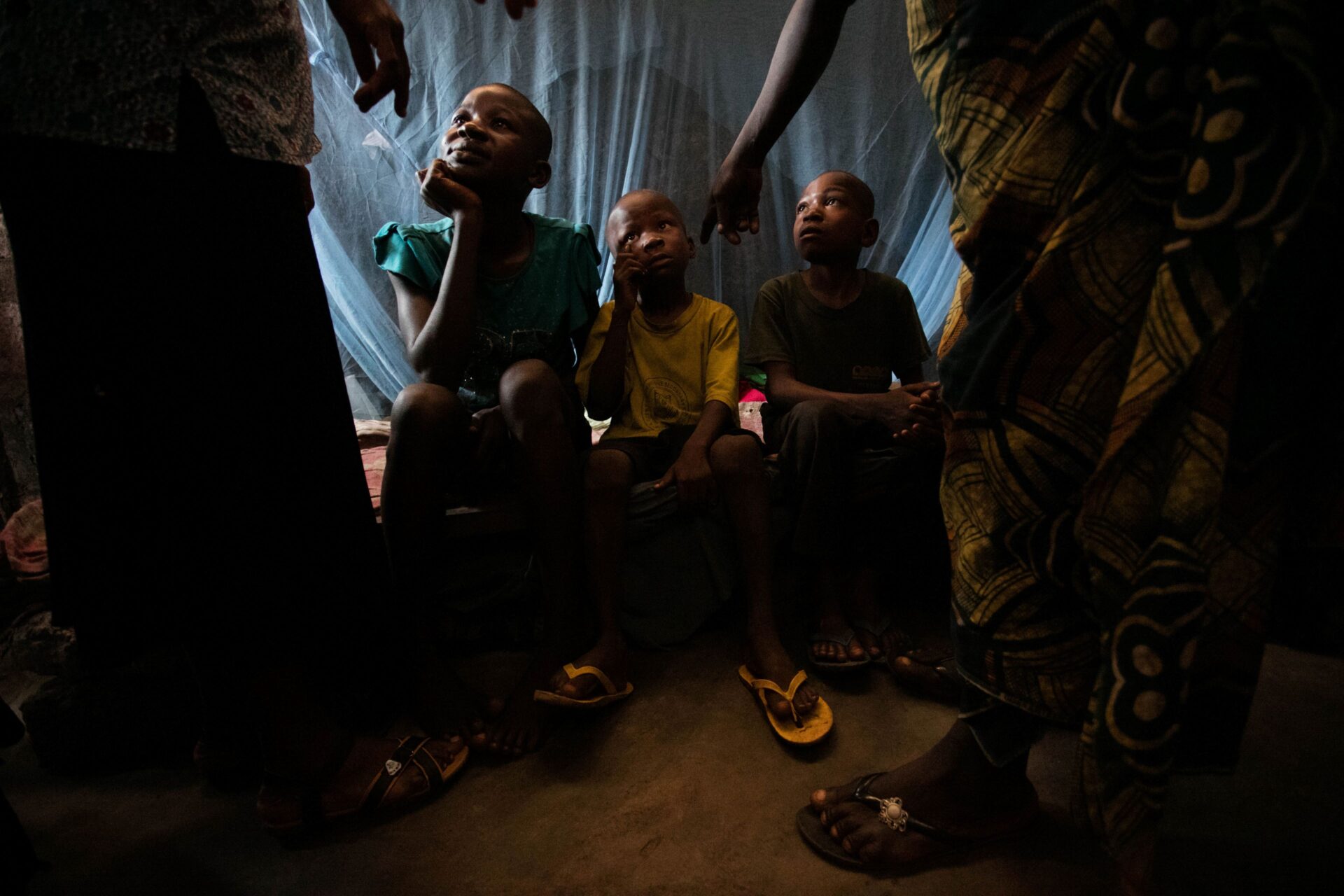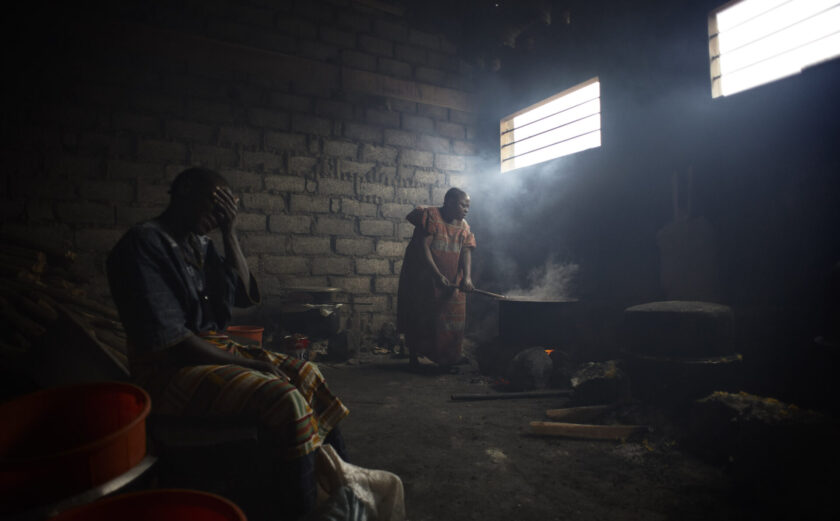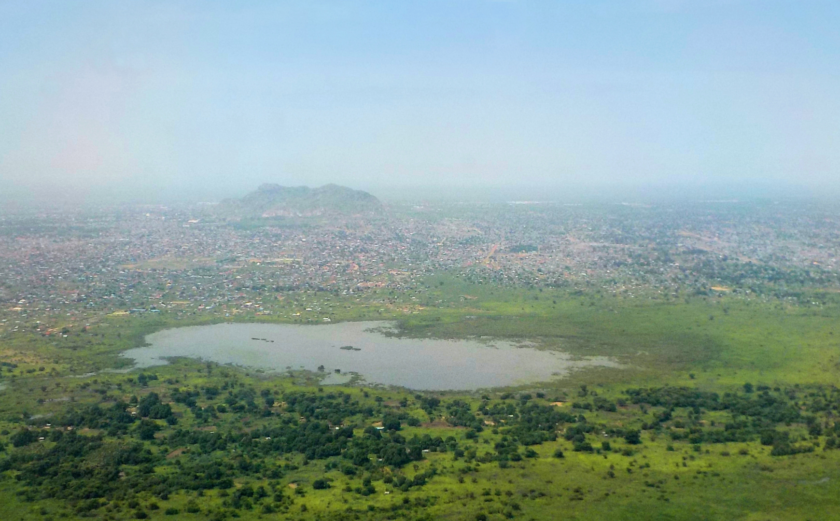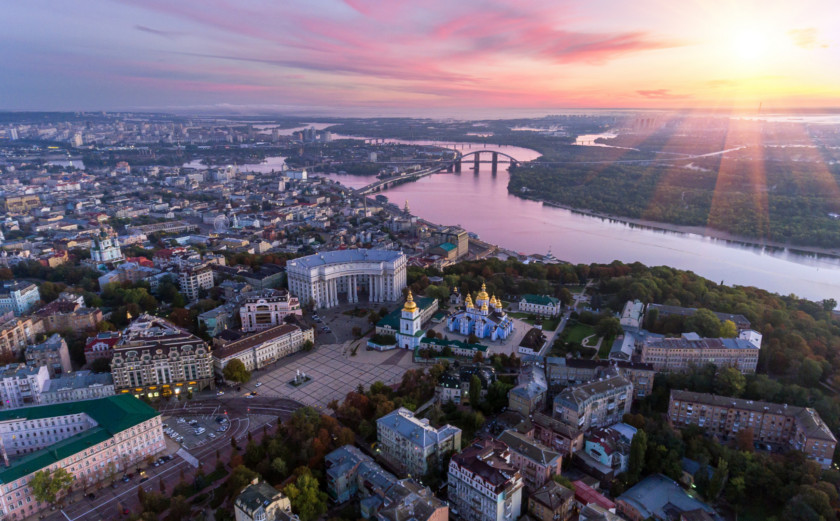
Are We in the Dark When it Comes to Humanitarian Crises?
A New InterAction Blog Series
Have you heard the story of the man who drops his housekeys?
Walking home at night, a man realizes that he dropped his keys on the dark sidewalk near a telephone pole. Realizing his loss, he begins searching under the lamp post on the opposite side of the street. When a passerby asks him why he would look by the lamppost instead of around the telephone pole where he knows he dropped his keys, the man replies, “The light is better here.”
I like this anecdote because it parallels politicians and popular media’s core tendency when it comes to humanitarian crises—looking where the light is rather than where the real issues lie.
Understanding differences in media consideration of global crises is essential, as coverage influences the level of support or course of political action a particular issue receives. Academics, analysts, and aid workers have tried to explain why and how certain events—say, a civil war in an oil-rich country or some awe-striking but apolitical natural disaster—disproportionately dominate global attention and resources compared to other, equally as devastating, emergencies. A 2011 study by the University of Michigan found that for every additional minute evening news broadcasts dedicated to a humanitarian disaster, donations for that disaster rose by 13.2%. In terms of political response, other experts have confirmed instances of “The CNN Effect,” wherein international media coverage has a hand in influencing foreign powers to intervene in humanitarian crises.
As far as which stories get covered and which do not, research highlights the power of access, post-colonial legacies, and geopolitical interests to influence public awareness and policy responses to humanitarian crises. Emergencies situated in regions that are not of strategic importance to major world powers tend to be the least reported and least funded humanitarian crises.
It is therefore not a coincidence that this year when NGOs Norwegian Refugee Council and CARE released ranked lists of the most neglected crises around the world, a combined 18 out of the 20 crises listed take place in Africa. Rather, it is a result of a legacy of centuries of major international political actors fluctuating between abusive exploits and apathetic indifference on the continent.
Of course, awareness alone is not a panacea to humanitarian crises.
In 2010, enduring a 7.0 magnitude earthquake, Haiti received significant international press. Still, the attention and international political will to support quickly waned even though the needs on the ground only continued to grow. Early this year, one resident of Cité Solei told The New Humanitarian, “It feels like you’re on your own in Haiti.”
Alternatively, media may neglect the humanitarian aspects of a story, thus justifying non-humanitarian responses to crises. Antonio Donini, a senior researcher at Tufts University’s Feinstein International Center, explained at an event in 2013, “Although humanitarian needs were enormous, the crisis in Afghanistan was not framed as a humanitarian crisis. The international agenda was state-building and the situation was described as post-conflict. This defined the way donors and NGO’s framed their projects.”
This blog is the introduction to a series that seeks to highlight some of the ongoing—but lesser-known—humanitarian crises that are affecting people around the world today. Through case studies, the pieces will discuss the dynamics that have thrust certain disasters into obscurity and what the global community could do to take action in support. Many of the issues I will touch on have either been absent from major news headlines or, if they appear in media, are frequently discussed from a security, rather than humanitarian, lens.
The country cases we will examine are each unique and geographically distant, but they are connected in surprising ways. For example, throughout this series, I will explore how the deepening droughts that helped catalyze massive displacement in Central America are brought on by climate change, just as environmental factors contribute to resource scarcity and increased violent competition for resources in Burkina Faso. Other crises like food insecurity in Haiti and administrative impediments to humanitarian access in West Bank and Gaza are connected in the sense that they are disasters directly exacerbated by human-made political factors that require direct policy intervention to alleviate.
Though the cases I will analyze span the globe, they each contain at least one of the following prominent drivers of crisis: climate displacement, food insecurity, undue bureaucratic impediments to humanitarian aid provision, or a high degree of impunity enjoyed by state and non-state actors for breaches of international law inclusive of human rights, refugee law, and International Humanitarian Law.
These “types” of crises are found around the globe, and the specific examples that this series will touch on will not be an exhaustive list. Instead, they will serve as a window to understanding the overarching dynamics of different humanitarian crises and explore solutions to mitigate them. The posts in this series will analyze these crises and their presence (or lack thereof) in international media, as well as explore avenues to improve representation and, ultimately, situations on the ground. Posts will also highlight opportunities for InterAction Members, partners, and peers to learn more and engage with InterAction on relevant workstreams, including joining or leading an InterAction Working Group.
Blind spots in the humanitarian landscape, whether intentionally ignored or woefully neglected, may be difficult to confront, and better attention and understanding is just the first step to alleviating the suffering that these crises inflict.
But, just like the man searching for his keys under the lamppost, we cannot find the key to these issues where we know they don’t lie.









